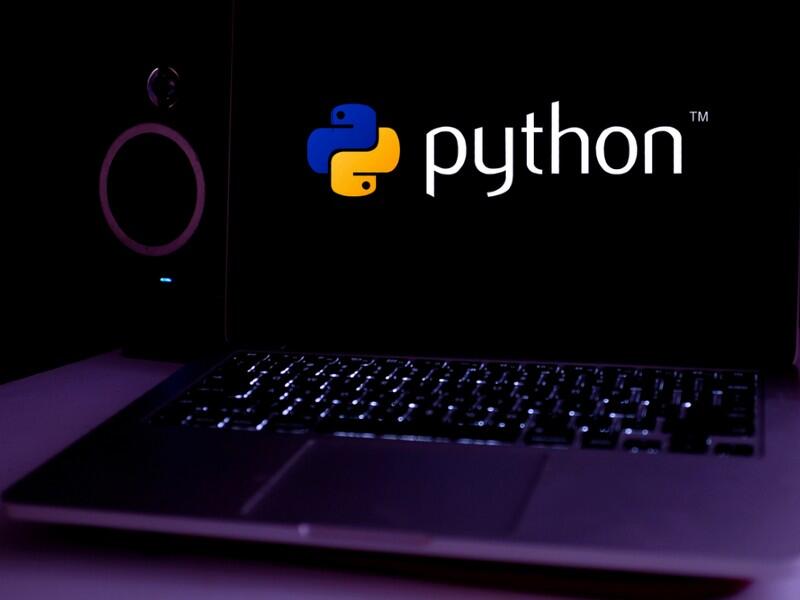Despite changes in how TIOBE determines its rankings, there was little change in the index for February.

The February TIOBE Index of the most popular programming languages is out, and while the work going on in the background of TIOBE’s calculations has changed, not much has shifted in the way of rankings.
Python continues to sit atop the index, with C and Java directly behind it. In Feb. 2021, those three also occupied the top spot, but with Python in the number three position, C at top, and Java in second place.
Beyond the top three, there hasn’t been much movement in the index, with positions four through eight unchanged from the same time last year. Those slots are occupied, respectively, by C++, C#, Visual Basic, JavaScript and PHP. Positions nine and 10 swapped from Feb. 21 to now, with Assembly Language and SQL now occupying each other’s positions.
SEE: Hiring Kit: JavaScript Developer (TechRepublic Premium)
The one big move of note between Feb. 2021 and Feb. 2022 was with the Groovy programming language, an object-oriented language for Java. Over the course of the year, Groovy fell from 12th position all the way to 20th, putting it perilously close to the “other programming languages” list.
TIOBE CEO Paul Jansen attributes Groovy’s decline to the growth in the CI/CD space. Groovy was the only language used for writing scripts on Jenkins, which Jansen describes as having been “the only real player in the CI/CD domain” early on. Now, with platforms that don’t require Groovy, like GitHub, Azure DevOps and GitLab, Groovy is losing its place at the table.
“Groovy could have grown further because it was the major script-based alternative for Java running on the same JVM. However, Kotlin is taking over that position right now, so I think Groovy will have a hard time,” Jensen said.
The TIOBE index may not be full of surprises this month, but Jansen did have a lot to say about the index itself this month, as this is the first time it has been compiled using Similarweb’s traffic analysis platform instead of Alexa.
“We have used Similarweb for the first time this month to select search engines and fortunately, there are no big changes in the index due to this swap. The only striking difference is that the top 3 languages, Python, C, and Java, all gained more than 1 percent in the rankings,” Jansen said.
TIOBE decided to make the switch this month after Amazon’s announcement in December 2021 that it was shutting the Alexa web ranking service down, effective May 1, 2022, ending 25 years of the program.
Jansen noted that not every website has been onboarded, but that the switch to Similarweb included a switch to using HtmlUnit, a non-GUI web browser with APIs that let Java apps invoke pages, fill forms and do other standard web browsing activity. This switch will eventually allow TIOBE to include websites it was unable to crawl before, like Stackoverflfow and Github, which could have a larger impact on scores.
Why Python remains, and will stay, on top
Jansen said that he doesn’t see an immediate future in which any language dethrones Python, which he attributes to Python only having two things not working in its favor. “The only drawbacks of Python are performance and lack of typing. But even these issues might be addressed at some point in time,” Jansen said. As for who will remain in second and third places, Java and C, he said will stay close on Python’s tail.
SEE: Business leaders as developer: The rise of no-code and low-code software (free PDF) (TechRepublic)
Behind those top three, who may we see rising in the ranks? “I think some new programming languages will break into the top 20 in the next half a year,” Jansen said. Rust, Dart, Kotlin and TypeScript, he said, are his candidates for promotion. “This isn’t based on any scientific data,” Jansen said,” just my feelings of what is happening in the market.”
Source of Article



